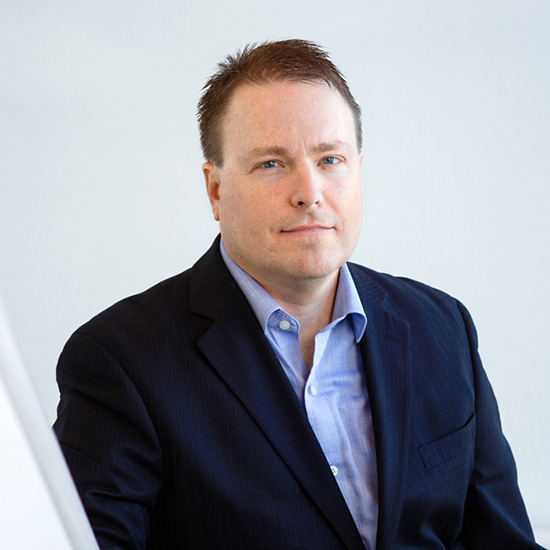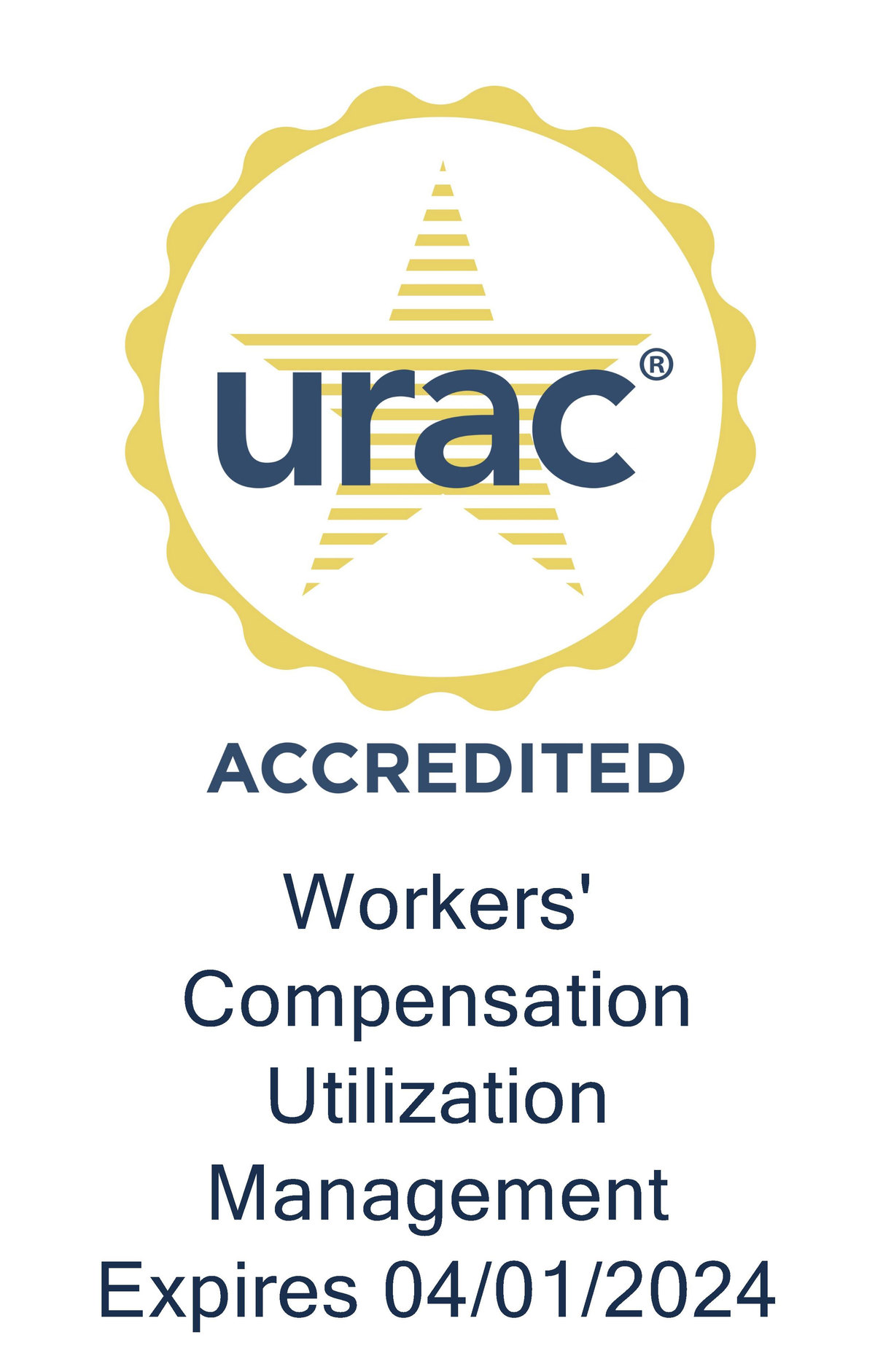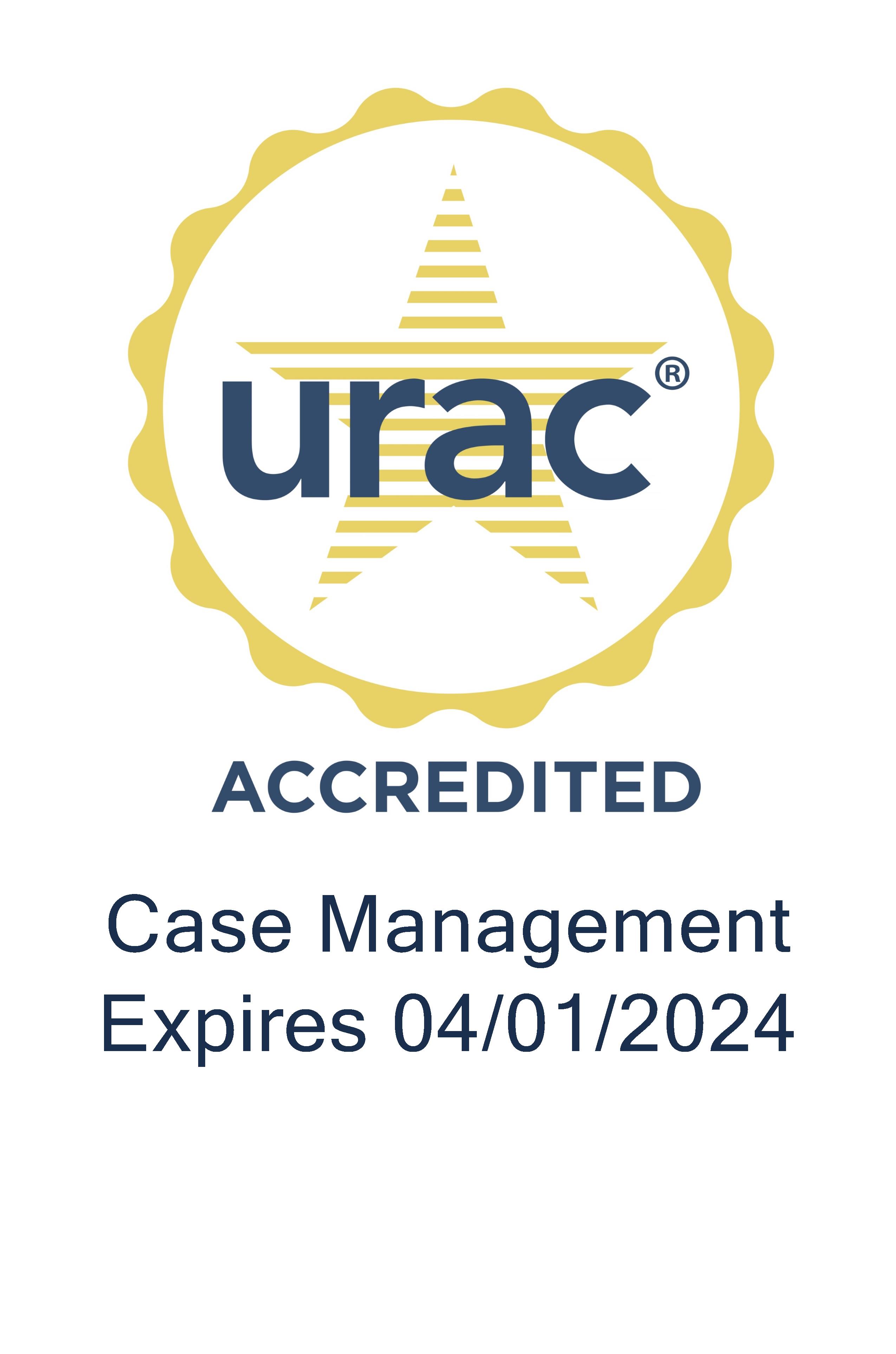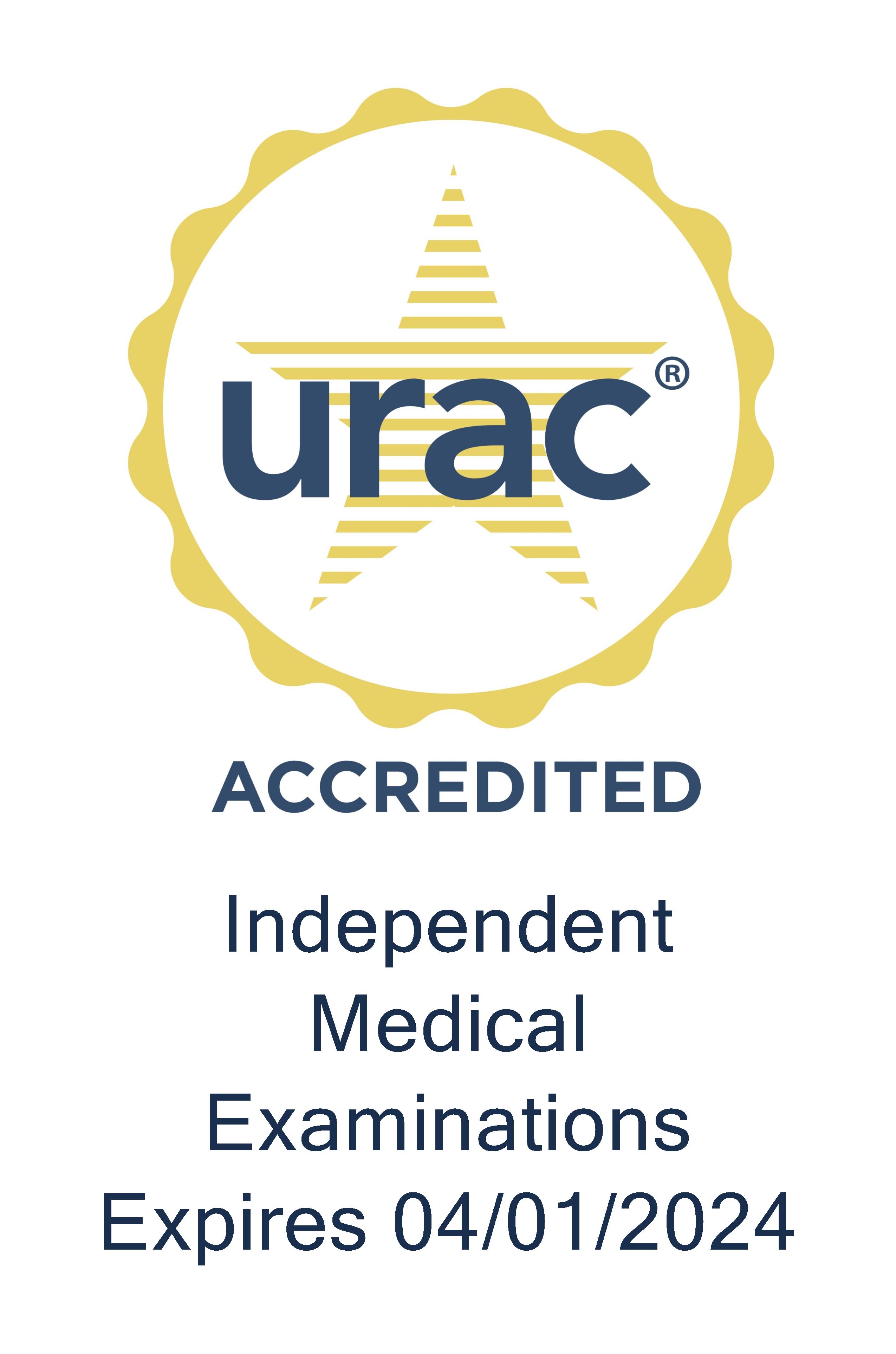Once again, industry leaders will soon gather in Las Vegas to share ideas at the National Workers’ Comp and Disability Conference. Among those will be winners of the prestigious Teddy Awards for workers’ comp and disability management. On today’s Inside Workers’ Comp, we welcome Steve Legg, director of risk management, and Noreen Olson, manager of claims, who were instrumental in developing Starbucks’ Teddy Award winning workers’ compensation protocol, and Genex’s Ann Marie Klotz, who will address the case management component of the program.
{{ script_embed('wistia', 'xt3md7u2rb', ', ', 'inline,height=396px,width=700px') }}
Tom Kerr (TK): Welcome, everyone. We’re glad to have you on the show. Steve, let’s start with you, what prompted Starbucks to change its workers’ comp approach?
Steve Legg (SL): Going back to 2010 when we did an RFP both for claims management services and also bill review and managed care, we ended up at that time selecting an unbundled approach. And then, four years later in 2014, another significant shift that we made was selecting a new TPA. And what we did and why we took some of the actions that we took was really around trying to figure out the best way to meet our injured partners’ needs.
It was just an overall program standpoint to better serve the needs of our partners, our employees who are injured in our stores, better serve the needs of store managers and other store staff involved with managing workers’ comp claims.
TK: And Noreen, what were some of the components you needed to implement to develop this individualized approach for your employees or, as Starbucks refers to them, partners?
Noreen Olson (NO): We looked to create synergies between using technology and then meeting the needs of our partners to ensure a quality experience for them and constantly looking at innovation.
The call center approach was a key innovation for advocacy‑based workers’ comp approach, in that we already had our partners accustomed to reaching out to a call center for short‑term disability and leave of absence needs. So, adding on the workers’ comp component to that was really a natural next step. That call center also allowed us to do some unique real-time education with our partners, collecting all the necessary information to get the claim established, educating them about nearby providers, giving them information about the pharmacy first bill program to really enhance convenience for them.
But then, out of that call center also grew opportunities to further innovate around things like direct deposit of indemnity pay. This has been a huge satisfier for our partners because they have surety around the dates they're going to receive their indemnity pay, and they have security that a paper check is not going to get lost or lifted from a mailbox.
In addition to these two things, around the same time roughly four years ago, we also removed the barrier that our partners would experience in workers’ compensation by needing to first report their injury to a manager and then have that manager call Sedgwick. We wanted to eliminate that middle person so that the partner in their own words could describe what happened to them and then receive these educational materials that the call center was prepared to provide. So that when a partner calls, all he or she really needs to provide is the partner number or even just the store number, and a call center agent can then quickly pull up the demographic information for that partner and make things go a whole lot faster.
TK: What was the goal of your new approach?
SL: We wanted to put ourselves in the shoes of our partners. Most of our incidents and claims are occurring in our retail stores. These are really busy, fast-paced environments. The average store has maybe half a claim a year. We really wanted to make sure that we were providing a reporting system, claims management system, that made sense to them, given that they didn't have a lot of experience with claims. They being the stores, they being the injured partners.
When we looked at adding a call center, we recognized that we could really direct a lot of questions to a call center and away from a claims adjuster desk. And I think the estimate was 75 to 80 percent originally going in and that was really important to both allow our partners who have been injured to get a quick response and a quick answer to a basic question, and then also to take some of that work off of the adjuster’s desk so that they could really focus on the most important parts of their job.
TK: What challenges did you face in implementing this program?
SL: I think finding the right talent, both at the desk adjuster level but also at the supervisor and the manager level. In our case, we, in fact, recruited some talent from the prior claims administrator and brought them along with us, which proved to be a really good move and helped with continuity.
NO: Yeah, I would agree with that entirely, but I might add a couple of other things. Steve mentioned earlier the importance of dedicated examiners and nurses wherever possible, and we have evolved over time to move more and more in the direction of dedicated staff because of our high expectations for our service partners in meeting our Starbuck partners' needs.
Some of the other challenges with any major change in a program, and certainly ones we experienced here at Starbucks, are communicating the change out to our employee population. Because we are so ubiquitous across communities in America but we have our support services headquartered here in Seattle, getting the word out can be challenging and one must also compete to get information in the hands of store managers with other major retail initiatives that are happening at the same time. So that's something that we have addressed
But then, also to do some just-in-time education of our store managers and our injured partners through their connections with the claims specialist here in Seattle. We figured that people are going to be most attentive to what they need to do for a workers’ compensation claim at that moment when they actually have to deal with it. So that has been a key focus of the claims specialist in making an early connection.
And then, additionally, we have looked to our opportunities to make sure that when a partner does have a follow‑up question after their injury that there are several avenues by which they can get that information quickly, and that includes access to their claim examiner through their mobile phone. It also includes the call center, as Steve mentioned, where the vast majority of their questions can be answered. But, if for some reason they do need to connect with their specific examiner, we have a return call alert feature that the call center will transfer that partner’s message into the examiner’s voicemail box. And then the examiner is confronted with a 24‑hour diary when they sign in the next morning so they know to prioritize a return call to that injured partner.
TK: Noreen, let’s talk a little about case management involvement in the Starbucks program. How did you change the way you utilized these professionals?
NO: We sought very much to work closely with case managers to get the right nursing talent on our files and to focus on having dedicated telephonic nurse case management staff because, as I mentioned, the key time to educate the partners is right when that injury occurs. And we have really begun to incorporate the nurses far more into our program than we ever have in the past to reach out to that partner to give them self‑care guidance to educate them about their diagnosis. If they're having difficulty scheduling appointments or specialty referrals we call upon our nurses to help them do that as well.
And having the dedicated nurses on file has also opened the door for our claims examiners and my claims specialists to call upon them when they see something unusual cross their desks or they have a question about a recommended therapy they can get on the phone with someone whom they have confidence can give them sound advice.
So, in addition to just basic medical information and guidance of the claim, we've also worked with our case managers to bring in a much more expanded oversight around pharmaceuticals, especially high-risk pharmaceuticals like opioids, benzodiazepines and muscle relaxants. And we have a combined program in which we have a telephonic nurse case manager who serves as our pharmacy benefit champion. This nurse has access to alerts that come from the point of sale at any of our network pharmacies when a partner is filling a prescription for one of these high-risk medications. That nurse is able to interface with the pharmacist or make a call to the prescribing provider to ensure that the medication is appropriate and at a safe dosage level for the partner.
I can't say enough about how important incorporating medical expertise into our claim management approach has been to help improve partner satisfaction, and make sure that we are walking the same journey with our partners focused on fast recovery, appropriate care and return to work.
TK: And let me bring in Ann Marie Klotz. Ann Marie, how is the Starbucks program different from other programs you’ve worked with at Genex?
Ann Marie Klotz (AK): So, I think one of the really star features is Starbucks’ commitment to supporting their partners. They use robust communication with clear guidance focusing on the individual throughout the healing process. And, Starbucks really has a true commitment and concern for their partners, which I feel like it inspires them to seek out innovative solutions to assist their partner every step in the recovery process.
Their program was really developed based on putting the partner first. In meeting with them and collaborating as an external partner, understanding the partners’ unique needs and responding by developing innovative ways to assist the partner has been one of the things that I've seen that Starbucks does that goes above and beyond what I've seen with other programs — really that proactive solutions and meeting their partners’ needs.
TK: Did Genex face any challenges during the implementation phase?
AK: I wouldn't really call them challenges, I think there's always opportunities. But again, it goes back to the true partnership that Starbucks not only has with their internal partners but they extend this philosophy to all the partners, bringing all parties together.
We collaborate not only with the TPA, Sedgwick, but the medical providers, our internal case managers, our pharmacy benefit program, bringing all the stakeholders together to help facilitate the implementation process. And really, coming up with innovative ideas and determining what is the best approach to meet all partners’ needs for a smooth implementation and really to make it seem seamless to the Starbucks partners as well.
TK: Steve, what results have you seen from this program?
SL: One of the results that we're proud of is how well this has been constructed and how agile our program is as a result. We obviously are monitoring, monthly, quarterly, what's going on with claims and what's happening in our stores. And because of the transparency we've created with this current program, we have the ability to really quickly pick up on things and take action. So, I think more than ever in the past, we can respond quickly to new needs that our partners might have or new trends and claims. With the call center, in particular, we can quickly roll out some new training to that team that is talking to so many of our injured partners and make a quick change.
From a claims metric standpoint, obviously, the program has been performing very well. We've seen tens of millions of dollars in reserve reductions in the last three years. We've also seen real favorable development of average pace of open inventory. The litigation rates have moved favorably. So, all the sort of traditional metrics that you look at to gauge the success of a program are pretty much trending in the right direction.
TK: How have your employees reacted to the program changes?
NO: So far, I'm quite pleased with the partner reaction. We have had improvements in our satisfaction scores both for the call center and our closed claims survey. I think the greater demonstration that our partners like this approach comes from the anecdotal information that we get from nurses, examiners, and claims specialists about the mood of the partners, and how well they are receiving the information we're trying to provide them, and how it helps them achieve faster care and better outcomes.
And we're getting a lot of positive feedback from that perspective. We have monitored the increase in partner self reporting from the moment that we launched that capability, because it really is an industry-changing approach.
And when we first started out, we had about 30 percent of our partners reporting their own cases and now for the past year that number has been in the 60-percent range of partner self‑reporting and we continue to increase that.
TK: Do you anticipate making further changes to your program?
NO: I would say absolutely because it's a living and breathing program. And just as technology is improving all the time, we want to be mindful of what's out there to incorporate in our program that will further enhance our goal.
One thing I would like to highlight is we worked with one of our store managers at a very busy store in Southern California to create a video job overview. It’s a short eight‑minute video that provides visual representation of everything a barista partner must do in the course of their shift. And we're using this video as an opportunity to educate the medical provider community on what a barista job really looks like and entails, so they know how much a bucket of ice weighs, or a container of coffee beans. And, what we're working with our clinic partners across the nation is to get this video in front of providers so that when they are addressing restrictions and the release to modify duty with the partner right in their office, they have the opportunity to have a very informed conversation with the partner and provide meaningful restrictions that then my staff can translate into a bona fide, modified, duty offer of work.
Another thing we've implemented in this past year has been enhanced use of text messaging, both push technology to send out reminders about medical appointments or a notification that their indemnity payment is being deposited. But also, two‑way text messages where we can have an actual conversation with the partner about how they're doing, whether or not they're satisfied with their care, or they need a referral for a specialist. And, this has been a great technological advance for our program that we're really just beginning to scratch the surface on its capabilities.
The other avenue we're looking to expand upon in 2019, is the use of telemedicine to enhance the convenience and speed of treatment opportunities for our partners.
TK: One last question, what does winning the Teddy Award mean to you?
NO: Receiving this Teddy Award is kind of the ultimate validation from your colleagues in the industry that what you're trying to do is value added and something they acknowledge is an important improvement for the industry.
SL: I'm proud that this partner focus, this injured-worker focus is getting attention. I'm also really proud of the recognition it provides to Noreen and her wonderful team, because these are really passionate partners that are working day in and day out on behalf of injured partners at Starbucks.
TK: Thanks, everyone. And Noreen and Steve, congratulations on Starbucks’ well-deserved Teddy Award. In our next Inside Workers’ Comp, we speak with another award-winning innovator who created a light-duty initiative for a staffing agency. Until then, thanks for listening.






